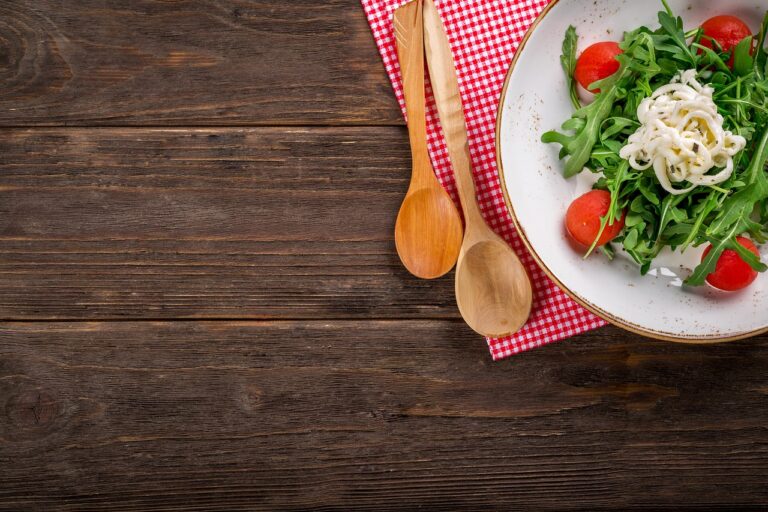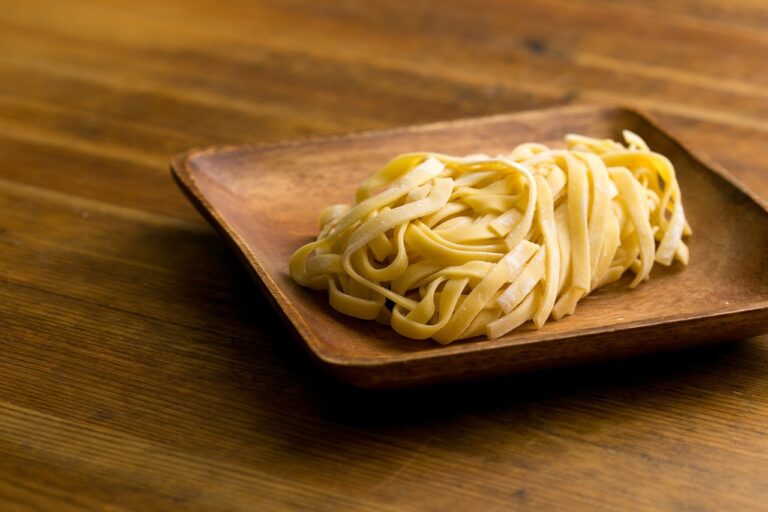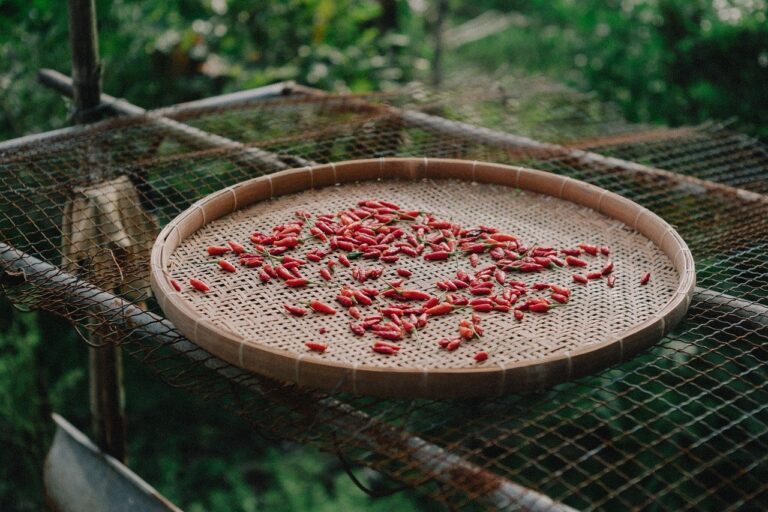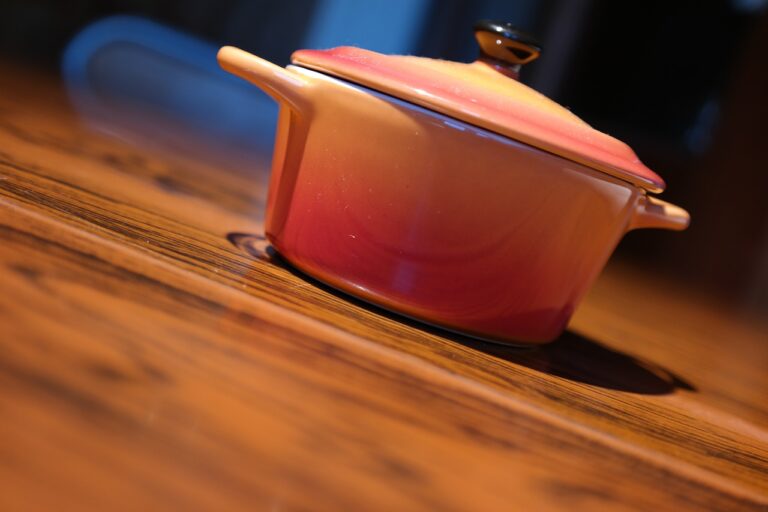Casseroles: A Culinary Delight for Every Meal
Casseroles, a delectable culinary creation, have graced kitchens and dinner tables for generations. These versatile dishes offer a symphony of flavors, textures, and aromas, making them a staple in countless households. In this comprehensive guide, we delve into the world of casseroles, exploring their benefits, types, and essential techniques for crafting these culinary masterpieces.
Types of Casseroles
Casseroles encompass a wide spectrum of flavors and cuisines. From classic American favorites to international delights, there’s a casserole for every palate:
American Casseroles
- Shepherd’s Pie: A hearty dish featuring ground beef, vegetables, and a mashed potato topping
- Macaroni and Cheese: A creamy and comfort food staple, customizable with various cheeses and additions
- Tater Tot Casserole: A kid-friendly dish featuring crispy tater tots, ground beef, and a creamy sauce
International Casseroles
- Moussaka: A Greek casserole made with layers of eggplant, potatoes, ground beef, and a creamy béchamel sauce
- Cassoulet: A rich French stew with beans, duck, sausage, and pork
- Paella: A Spanish dish featuring rice, seafood, vegetables, and saffron
Benefits of Casseroles
Beyond their culinary appeal, casseroles offer several practical advantages:
Convenience
- Easy Preparation: Casseroles are typically simple to assemble and can be partially or fully prepared in advance.
- Minimal Cleanup: The one-pot nature of casseroles makes for easy cleanup, saving you time and effort.
Nutrition
- Versatile Ingredients: Casseroles allow for a wide range of ingredients, ensuring a balanced meal with plenty of vegetables, protein, and grains.
- Hidden Vegetables: Adding chopped or pureed vegetables to casseroles is a clever way to sneak in extra nutrients for picky eaters.
Budget-Friendly
- Affordable Ingredients: Casseroles are generally made with inexpensive ingredients, making them a budget-conscious option.
- Meal Stretching: Casseroles can be easily doubled or tripled to feed larger groups or provide leftovers for the week.
Essential Techniques
Mastering the art of casseroles requires a few key techniques:
Choosing the Right Pan
- Size: The casserole dish should be large enough to accommodate the ingredients and allow for even cooking.
- Material: Cast iron, ceramic, or glass dishes provide excellent heat distribution and retention.
Layering
- Create Distinct Layers: Arrange ingredients in layers to achieve distinct flavors and textures.
- Stagger Ingredients: Distribute ingredients evenly to ensure all areas cook consistently.
Cooking Methods
- Oven Baking: The most common method, baking casseroles in the oven allows for even heat distribution and browning.
- Slow Cooker: A convenient option for hands-off cooking, slow cookers gently simmer casseroles over an extended period.
Tips and Tricks
- Use Fresh Ingredients: High-quality ingredients will elevate the flavor of your casserole.
- Season Generously: Don’t be afraid to use salt, pepper, and herbs to enhance the taste.
- Test for Doneness: Insert a toothpick into the center of the casserole. If it comes out clean, the casserole is cooked through.
- Let Rest: Allow the casserole to rest before serving to let the flavors meld and the dish set up.
Conclusion
Casseroles, a culinary marvel, provide a symphony of flavors, convenience, and nutritional benefits. By understanding the different types, mastering essential techniques, and incorporating practical tips, you can elevate your casserole game to new heights. Whether you’re craving a comforting American classic or exploring exotic international flavors, casseroles offer endless culinary possibilities to satisfy every taste bud and cooking occasion.

























